How to Choose the Right Food Packaging Printing for Your Business
When it comes to launching or revamping your product, selecting the right Food Packaging Printing is crucial for your business's success. Not only does effective packaging enhance the visual appeal of your product, but it also plays a significant role in branding, marketing, and ensuring product integrity. In a competitive marketplace, the right choice can set your products apart, attract customers, and communicate your brand's values and quality. This guide will walk you through the essential factors to consider when choosing Food Packaging Printing, including material options, design elements, sustainability concerns, and cost-effectiveness.
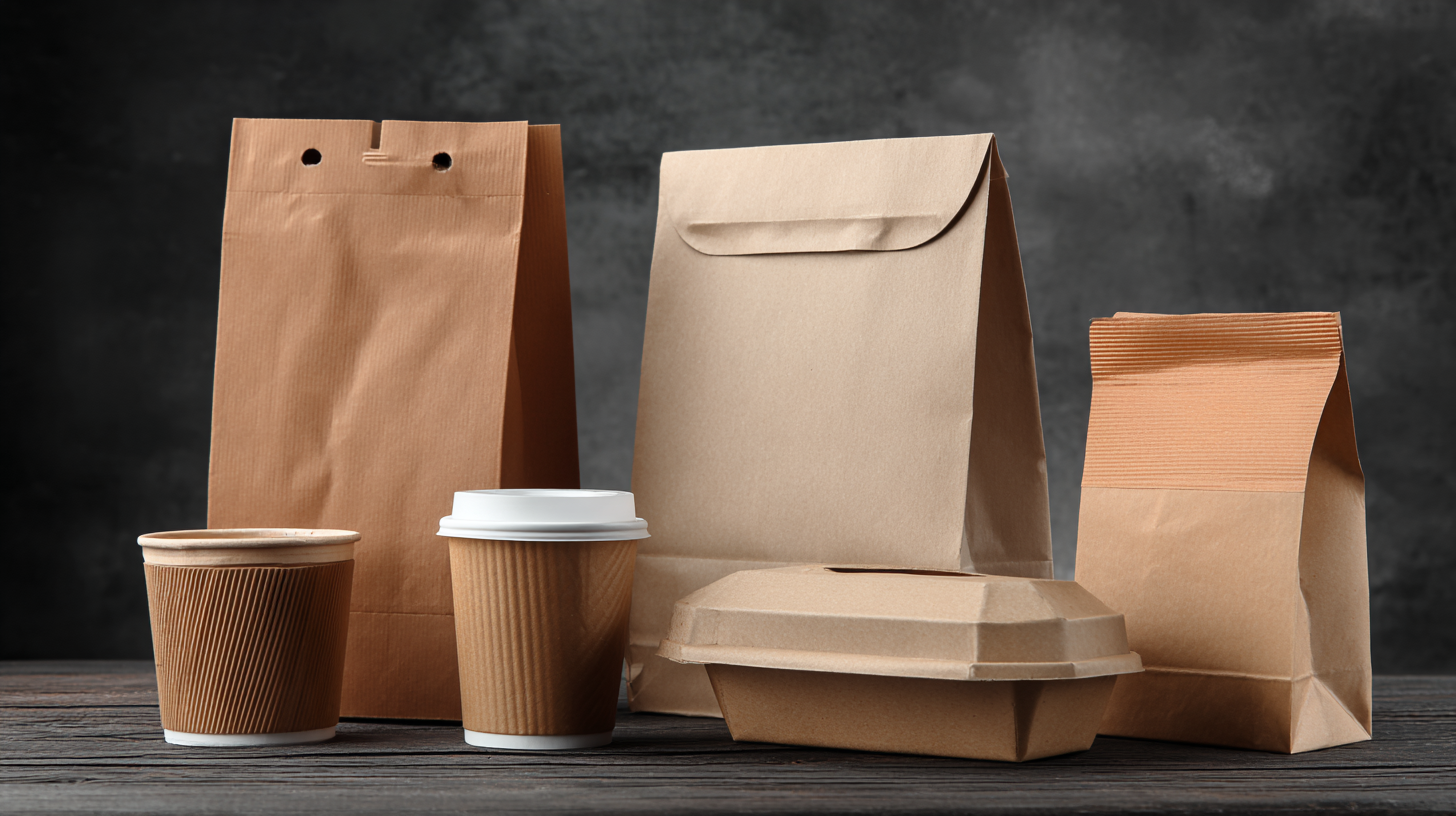
Understanding these elements will empower you to make informed decisions that align with your business goals while meeting consumer expectations. Whether you're a small startup or an established brand, mastering the principles of Food Packaging Printing can lead to greater visibility and unique positioning in the industry.
Understanding Different Types of Food Packaging Materials and Their Benefits
When selecting food packaging materials, it's essential to understand the various options available and their distinct benefits. For instance, plastic packaging is widely used for its flexibility and cost-effectiveness. It offers excellent barrier properties that protect food from moisture and external contaminants, making it ideal for perishable items. Additionally, advancements in biodegradable plastics mean that businesses can choose eco-friendly options without compromising on functionality.
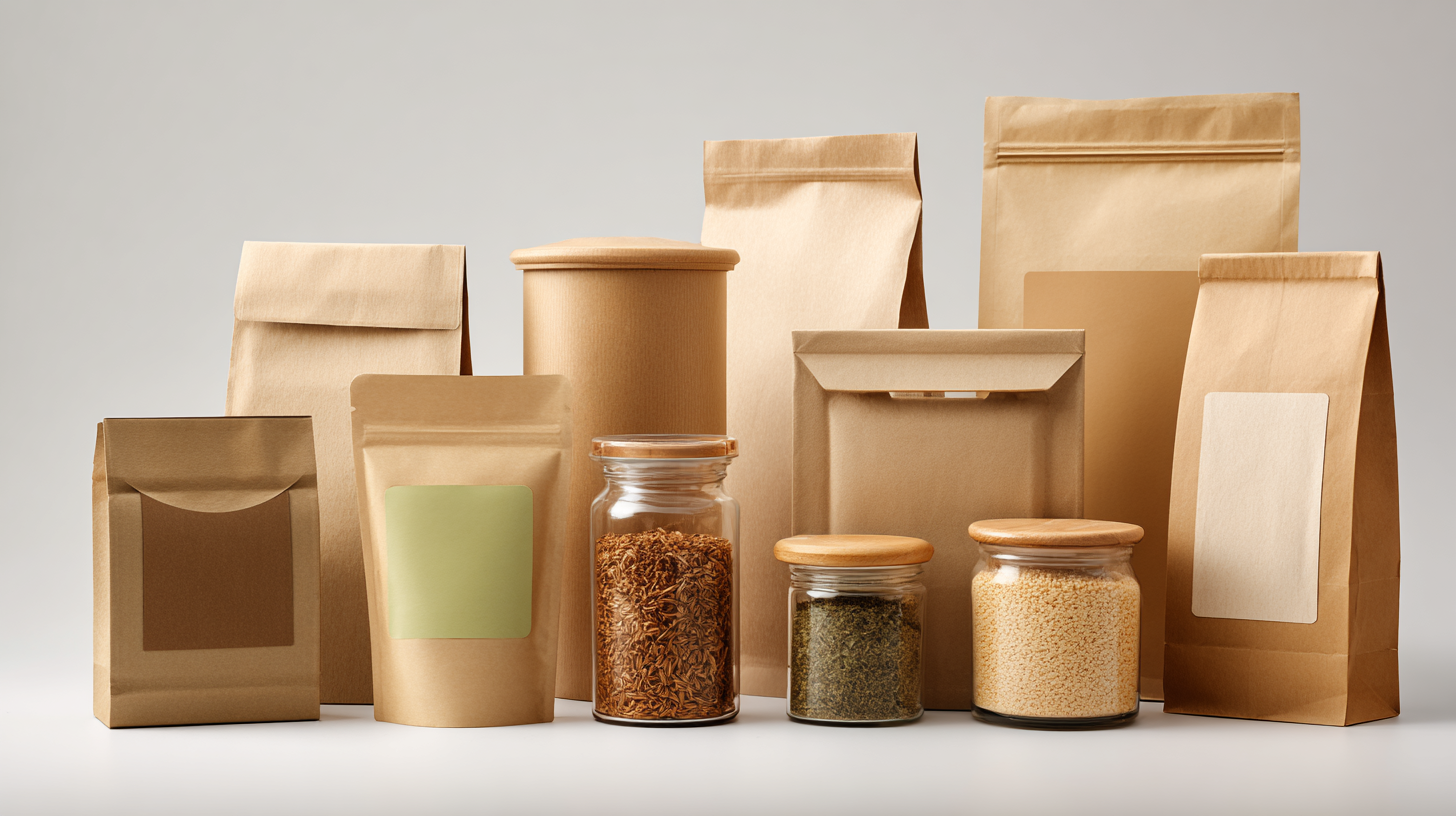
Another popular choice is glass packaging, renowned for its ability to preserve the freshness and flavor of food products. Glass is non-reactive and does not leach chemicals, making it a safe option for a variety of food items. Moreover, its aesthetic appeal is a significant advantage for brands looking to enhance product presentation. However, businesses must consider weight and breakability as factors when opting for glass.
Lastly, paper and cardboard are becoming increasingly favored for their sustainability and recyclability. These materials are lightweight and can be printed on easily, allowing for vibrant branding opportunities. Using materials derived from renewable resources aligns with eco-conscious consumers' preferences, making paper and cardboard excellent choices for businesses aiming to reduce their environmental impact while still delivering quality packaging solutions.
Evaluating Printing Techniques: Flexography vs. Digital Printing
When evaluating printing techniques for food packaging, particularly flexography and digital printing, it's crucial to understand the strengths and limitations of each method. Flexography is known for its speed and ability to handle large volumes, making it an ideal choice for high-volume production runs. It uses flexible photopolymer plates, which can adapt to various substrates, ensuring consistent quality across large batches. However, the setup costs can be significant, and changes in design may lead to additional expenses and downtime.
On the other hand, digital printing is rapidly gaining traction, especially in niche markets. With innovations driving its popularity, digital printing allows for shorter runs and quick turnaround times without the need for extensive setup. Recent advancements in digital printing technology, including new printing head solutions, are igniting a surge in label printing, making it an attractive option for businesses aiming to customize products or respond swiftly to market changes.
Tips:
- Consider your volume needs: If you anticipate high-volume production, flexography might be more cost-effective in the long run.
- Evaluate design flexibility: For businesses needing frequent design changes or customization, digital printing offers greater agility.
- Stay updated on technology: With the latest innovations, particularly in digital printing, keeping abreast of new products and techniques can provide your business with a competitive edge.
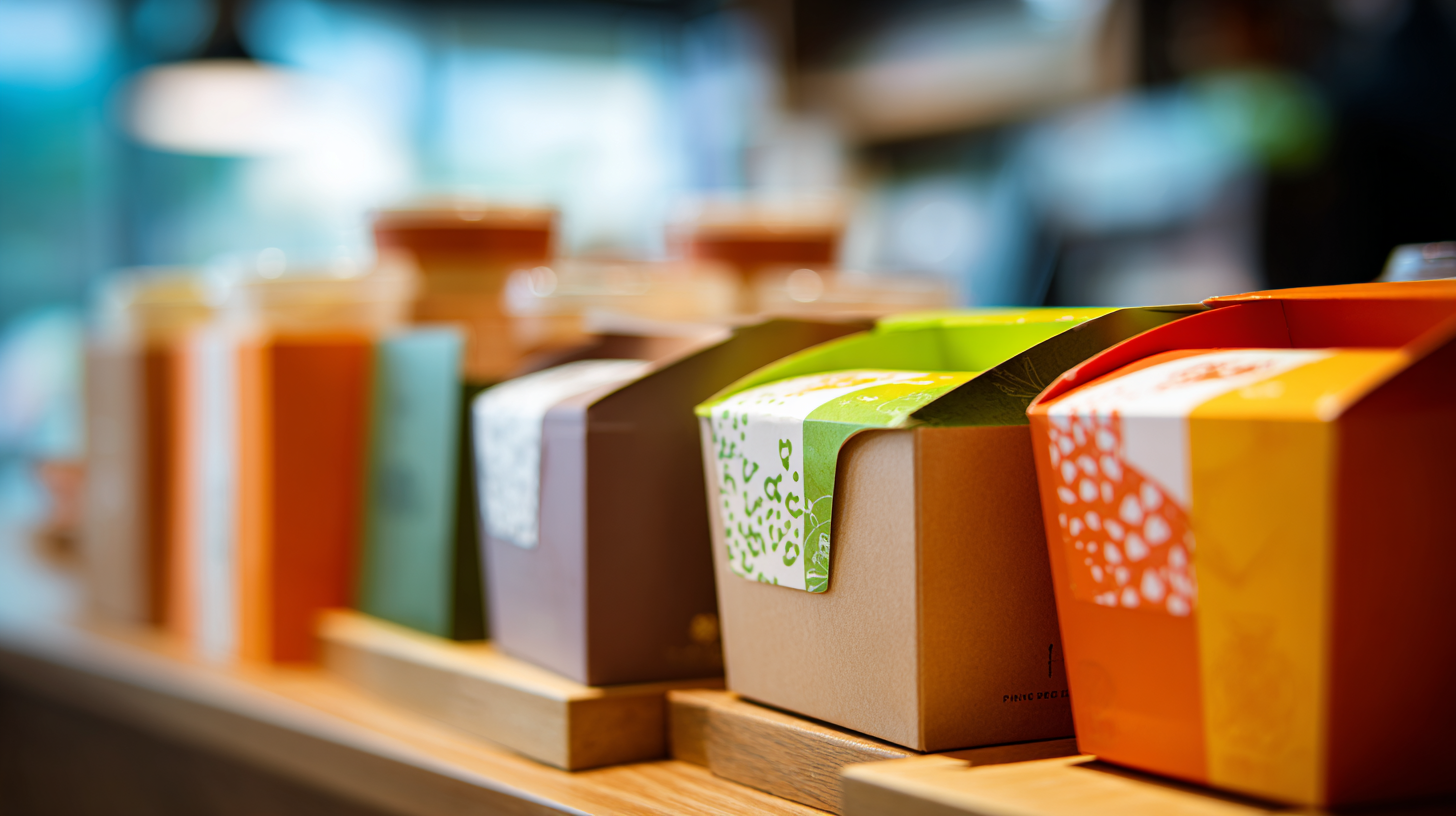
Identifying Your Brand’s Unique Requirements for Packaging Design
When it comes to food packaging printing, understanding your brand’s unique requirements is essential for effective design. Firstly, identify your target audience and their preferences. Consider factors such as age, lifestyle, and dietary habits. This knowledge will guide your packaging choices, from colors and fonts to materials and sizes, ensuring that the design resonates with your customers and reflects your brand’s personality.
Next, think about the product itself and its specific needs. Consider elements like shelf-life, storage conditions, and whether the packaging must be tamper-proof or eco-friendly. High-quality printing techniques should align with these requirements, enhancing not only the aesthetic appeal but also the functionality of the packaging. Collaborating with a printing expert who understands the nuances of food safety and compliance regulations can make a significant difference in achieving a balance between visual impact and practicality.
How to Choose the Right Food Packaging Printing for Your Business - Identifying Your Brand’s Unique Requirements for Packaging Design
| Packaging Type | Material | Print Method | Cost Efficiency | Customizability | Sustainability |
|---|---|---|---|---|---|
| Flexographic Printing | Plastic / Paper | Flexo | Moderate | High | Variable |
| Digital Printing | Plastic / Paper | Digital | Higher | Very High | Moderate |
| Offset Printing | Paper | Offset | Low | Medium | Variable |
| Gravure Printing | Plastic | Gravure | Expensive | Medium | Low |
| Screen Printing | Glass / Metal | Screen | Medium | Low | Very High |
Considering Regulatory Compliance and Safety Standards in Food Packaging
When choosing food packaging for your business, it is essential to prioritize regulatory compliance and safety standards. Recent developments indicate a significant shift in the regulatory landscape across various regions, from state-level extended producer responsibility programs to the stringent safety measures being implemented in places like Indonesia. These regulations are designed to address the environmental impact of packaging materials while ensuring consumer safety. Businesses must stay informed about these evolving requirements to avoid potential penalties and ensure that their packaging materials meet the necessary standards.
Safety considerations extend beyond compliance, as studies highlight the risks associated with certain packaging materials, particularly in applications such as microwaves and dishwashers. The use of advanced techniques, including nuclear science, is being explored to enhance the safety of food packaging, ensuring that it poses no risk to consumers or the environment. As businesses navigate the complexities of food packaging regulations, leveraging automation technologies can further strengthen food safety practices, optimizing sanitation and quality control processes from production to packaging.
Budgeting for Food Packaging Printing: Cost-Effective Options and Strategies
When budgeting for food packaging printing, it’s essential to explore cost-effective options that prioritize both
quality and affordability. One approach is to consider the type of materials used in packaging.
Opting for standard materials instead of custom types can significantly reduce expenses. Additionally, bulk purchasing
often leads to discounts, allowing businesses to save money while ensuring they have enough supply for their needs.
Collaborating with suppliers who offer competitive rates and discounts for larger orders can also be a game-changer for cost management.
Another strategy involves leveraging technology to streamline the printing process. Digital printing, for instance, has become a popular choice
due to its lower setup costs and flexibility for smaller runs. This method allows for quick adjustments in designs without incurring high costs.
Furthermore, it can eliminate waste associated with larger traditional printing processes. Finding the right balance between quality and cost, businesses can utilize these strategies to maximize
their packaging budget while maintaining an appealing presentation for their food products.
Related Posts
-

Personalized Packaging Bags Shine at the 137th Canton Fair with Record International Buyers
-
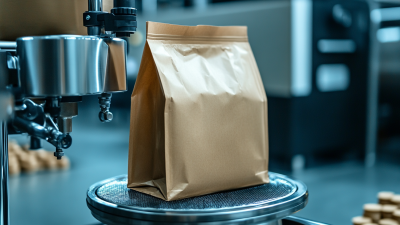
Choosing the Right Manufacturer for Premium Best Bag Packaging Solutions
-
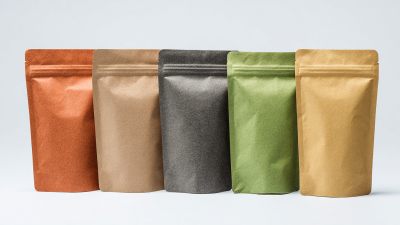
Understanding the Challenges of Selecting the Best Sachet Packaging Solutions
-
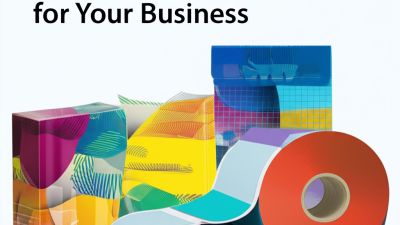
Advantages of Choosing the Best Package Printing for Your Business
-
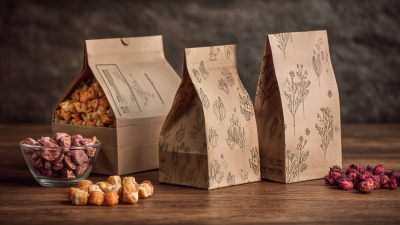
Innovative Alternatives to Printed Packaging Bags for Sustainable Solutions
-

Unlocking the Advantages of Flat Pouches for Your Packaging Needs
